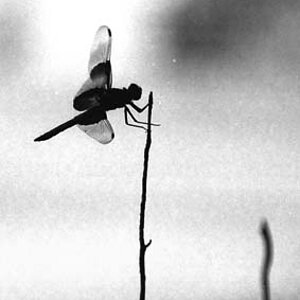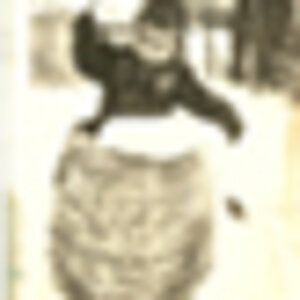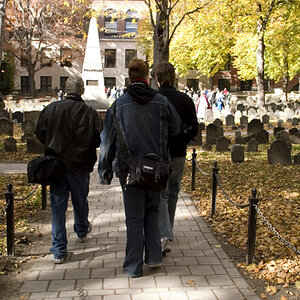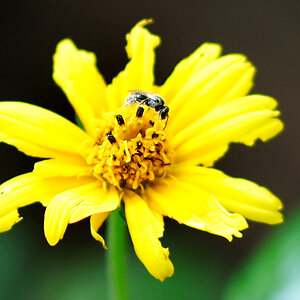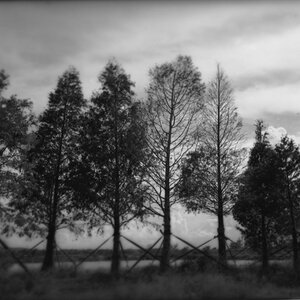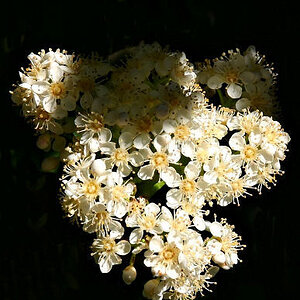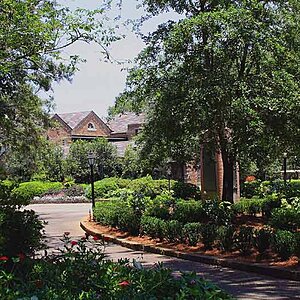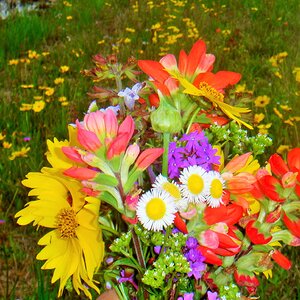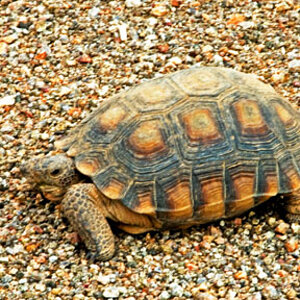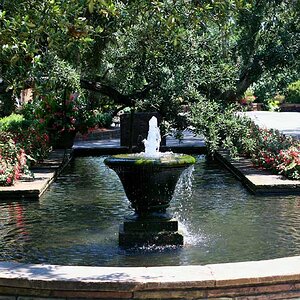KatiePurple
TPF Noob!
- Joined
- Feb 9, 2019
- Messages
- 10
- Reaction score
- 1
- Can others edit my Photos
- Photos OK to edit
Imagine you have $1000 to spend, and the following:
What camera would you buy with that $1000? I'm totally fine with used. If you read my other post, I was considering a D700, which I'm finding for around $500. But then I made the mistake of doing more research and happened upon other options. I've now decided I could stretch to $1000 (I do like the wifi aspect of the D750, since most of the time I am taking pictures I have someone next to me saying "send me that," but I don't think that alone is worth an additional $500).
Clearly I buy things for the long haul, so I want something that will carry me for the next 15+ years if possible!
Thanks for your help! I've been spending way too much time reading these forums in the past couple of days, and it seems like there is a lot of expertise here. Hoping to be able to contribute soon .
.
Katie
- 15 year old Nikon D50
- Nikkor 50mm f/1.4
- Nikkor 70-200 f/2.8
- Sigma 105mm f/1.? macro
- Kit lens, but I forget what that was
- HS basketball & volleyball (indoors, often poorly lit gyms)
- Soccer & lacrosse outside
- The sports photos are mostly for myself, my kids, my kids' friends/teammates & families
- Macro stuff for fun
- Outdoor portraits of family & friends for fun
- Other stuff for fun...
What camera would you buy with that $1000? I'm totally fine with used. If you read my other post, I was considering a D700, which I'm finding for around $500. But then I made the mistake of doing more research and happened upon other options. I've now decided I could stretch to $1000 (I do like the wifi aspect of the D750, since most of the time I am taking pictures I have someone next to me saying "send me that," but I don't think that alone is worth an additional $500).
Clearly I buy things for the long haul, so I want something that will carry me for the next 15+ years if possible!
Thanks for your help! I've been spending way too much time reading these forums in the past couple of days, and it seems like there is a lot of expertise here. Hoping to be able to contribute soon
Katie



